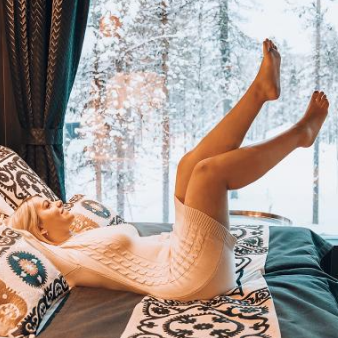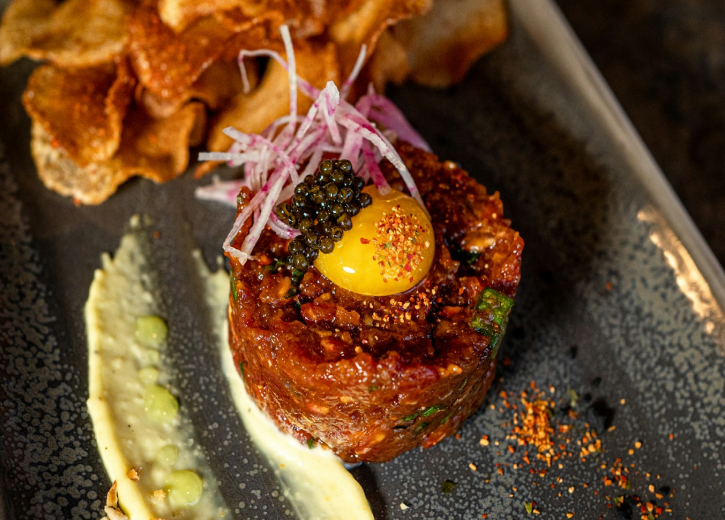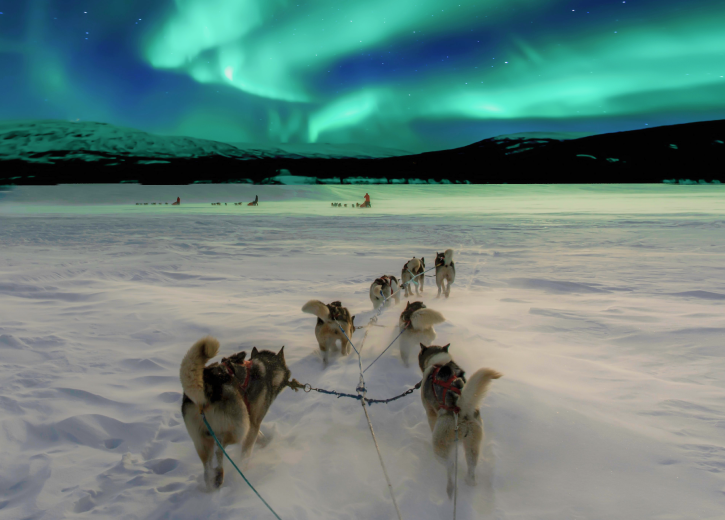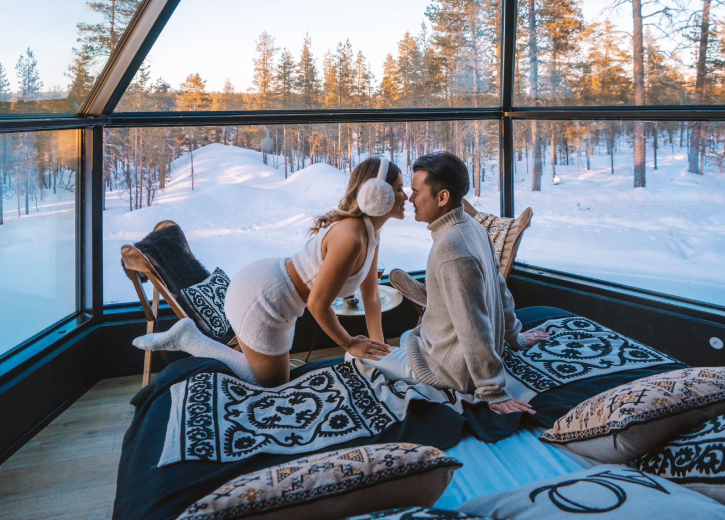Lapland, the northernmost region of Finland, offers visitors a magical array of unforgettable attractions. The most unmissable experiences include witnessing the Northern Lights dancing across the Arctic sky, exploring Santa Claus Village in Rovaniemi, immersing yourself in the pristine wilderness of national parks like Urho Kekkonen, experiencing authentic Sami culture, and enjoying thrilling winter activities such as husky sledding and reindeer safaris. This enchanting winter wonderland combines mythical charm with breathtaking natural beauty, creating memories that last a lifetime.
Discovering Lapland: a magical winter wonderland
Lapland stands as one of Europe’s last true wilderness areas, a pristine Arctic paradise that captures the imagination with its extraordinary natural phenomena and unique cultural heritage. This northernmost region of Finland transforms into a snow-covered paradise during winter months, when the landscape glitters beneath a blanket of powdery snow and the skies come alive with the magical aurora borealis.
What makes Lapland truly special is its perfect blend of untamed nature and carefully preserved traditions. The indigenous Sami people have inhabited these lands for thousands of years, maintaining their distinctive culture, language, and traditional livelihoods centered around reindeer herding. Visitors can experience this rich cultural heritage firsthand while enjoying modern comforts.
Beyond its cultural significance, Lapland offers remarkable natural diversity. From snow-capped fells and frozen lakes to ancient forests teeming with wildlife, including the elusive fox, the landscape provides endless opportunities for adventure and tranquility alike. The region’s unique position within the Arctic Circle creates exceptional natural phenomena, most notably the Northern Lights in winter and the Midnight Sun in summer.
Where are the best places to see the northern lights in Lapland?
The northern lights, or aurora borealis, are undoubtedly one of Lapland’s most sought-after attractions, and certain locations offer particularly spectacular viewing opportunities. The key to successful aurora hunting is finding areas with minimal light pollution and clear skies, typically away from major towns and cities.
Saariselkä, located in northern Lapland, stands out as a premier aurora viewing destination. Its position far north and relatively isolated location create ideal conditions for spotting the dancing lights. The open fells surrounding the area provide unobstructed views of the horizon, allowing visitors to witness the full sweep of the aurora across the sky.
Kilpisjärvi, situated in the northwestern arm of Finland, offers exceptional aurora viewing opportunities due to its location in the “aurora oval” – the zone with the highest aurora activity. The dramatic landscape, featuring Finland’s highest fells, creates a stunning backdrop for the northern lights displays.
The optimal time for aurora viewing extends from late August through April, with peak months being September-October and February-March. For the best chance of success, plan to stay in Lapland for at least 3-4 nights, as aurora activity varies and clear skies aren’t guaranteed every evening. The ideal viewing hours typically fall between 10 pm and 2 am, when the night sky is at its darkest.
What is the Santa Claus Village and why should you visit?
Santa Claus Village, located just outside Rovaniemi on the Arctic Circle, is the official home of Father Christmas himself and one of Lapland’s most iconic attractions. This enchanting destination brings the magic of Christmas to life throughout the year, making it a must-visit destination for families and anyone who cherishes the holiday spirit.
The village’s main attraction is Santa’s Office, where visitors can meet Santa Claus in person every day of the year. This magical encounter allows guests to chat with Father Christmas, take photos, and experience the wonder that typically comes only once a year. The authenticity of the experience makes it special for visitors of all ages.
Beyond meeting Santa, visitors can cross the Arctic Circle, marked by a white line running through the village. This geographical milestone offers a unique photo opportunity and the chance to receive a certificate commemorating this Arctic achievement. Santa’s Main Post Office is another highlight, where visitors can send postcards with a special Arctic Circle postmark to friends and family worldwide.
The village also features numerous shops selling traditional Finnish handicrafts, Christmas decorations, and local delicacies. Reindeer rides, husky sledding, and snowmobile tours operate from the village during winter months, providing exciting ways to explore the surrounding Arctic landscape.
Which national parks in Lapland offer the most breathtaking experiences?
Lapland’s national parks showcase Finland’s untamed wilderness at its most magnificent, offering visitors extraordinary opportunities to connect with pristine Arctic nature. These protected areas feature some of Europe’s last genuine wilderness regions, each with its own distinct character and natural features.
Urho Kekkonen National Park stands as Lapland’s crown jewel, encompassing vast wilderness areas with diverse landscapes from pine forests to treeless fells. The park’s extensive network of well-maintained trails makes it accessible for hikers of varying experience levels. Saariselkä, located at the park’s edge, serves as an excellent base for exploration. Wildlife enthusiasts might spot reindeer, foxes, and numerous bird species while traversing this remarkable landscape.
Pallas-Yllästunturi National Park, Finland’s third-largest national park, is renowned for having some of Europe’s cleanest air. Its distinctive feature is the 100-kilometer Hetta-Pallas trail, one of Finland’s most popular hiking routes. The park’s unique fell chain creates dramatic scenery, with seven fells offering spectacular viewpoints across the Lappish landscape. During winter, the park transforms into a paradise for cross-country skiing and snowshoeing.
Lemmenjoki National Park, Finland’s largest, offers a more remote wilderness experience centered around the powerful Lemmenjoki River. This vast area is perfect for multi-day wilderness hikes, canoeing adventures, and gold panning – a tradition dating back to the 19th century gold rush. The park hosts some of Lapland’s oldest pine forests, creating an atmosphere of ancient tranquility that’s increasingly rare in modern Europe.
Planning your Lapland adventure: essential tips and recommendations
Timing your visit correctly is crucial for experiencing Lapland’s attractions at their best. For Northern Lights viewing, plan your trip between September and March, with January-February offering the coldest temperatures but often the clearest skies. December brings the magical Christmas season when Santa Claus Village is at its most enchanting, though this is also the busiest and most expensive period.
Packing appropriately is essential for enjoying Lapland comfortably. Thermal base layers, a proper winter coat, insulated waterproof boots, warm hat, thermal gloves, and thermal pants are absolute necessities during winter months. Many accommodations and tour operators provide thermal overalls and boots for activities, but having your own basics ensures comfort throughout your stay.
Transportation in Lapland requires careful planning. While rental cars offer flexibility, winter driving conditions can be challenging for those inexperienced with snow and ice. Many visitors opt to base themselves in one location and use organised tours to access attractions. Major destinations like Rovaniemi are accessible by train and airplane, with bus connections to smaller communities.
To maximize your Lapland experience, consider combining multiple attractions in a single trip. A well-planned itinerary might include spending a few nights in a location ideal for aurora viewing, a day trip to Santa Claus Village, and time exploring one of Lapland’s magnificent national parks. This approach allows you to experience the diversity of Lapland’s offerings while minimizing travel time between destinations.
Finally, booking accommodations and activities well in advance is essential, particularly during the peak winter season from December through February. The most unique accommodation options, like glass-ceiling igloos perfect for aurora viewing, often sell out months ahead of time, especially during the holiday season.



